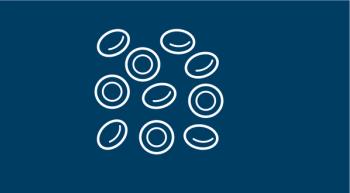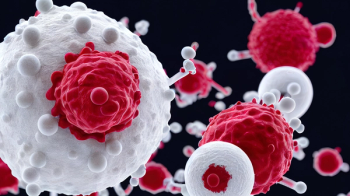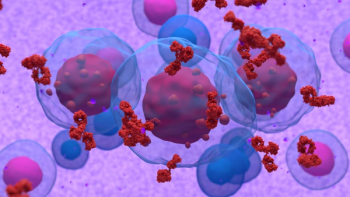
3D-Printed Model Teaches Patients About Lung Nodules
Patient education is key in reducing stress, so 1 nurse made a 3D model to help better inform her patients.
When patients receive a diagnosis that they are unfamiliar with, it often falls on the oncology nurse to educate them on their condition. However, a lack of proper tools and visuals can impede nurses from helping patients understand, thus increasing patient frustration and anxiety.
Theresa Roelke, MSN, RN, AGNP-C, found an innovate way to teach her patients about lung nodules. Rolke, who is a geriatric nurse practitioner at Maine Medical Center Cancer Institute, teamed up with an art student from the Maine College of Art to design a 3D model showing what a lung nodule looks like.
The Association of Community Cancer Centers recognized her work and awarded her with a 2020 ACCC Innovator Award.
“There was quite a bit of research that had already been done [on lung nodules], and what it showed was that people were really anxious about lung nodules,” Roelke said. “And they felt that they didn’t really have a working knowledge of what it all meant.”
Roelke used a nodule model that she found in a closet at her institution as a basis to craft the new, 3D-printed tool. But she mentioned that similar models can be made for different malignancies, too.
“It’s 1 small tool, but you could 3D print many different types of tools that you could use in the clinical to engage patients with any kind of cancer,” she said.
The model is used as a hand-on demonstration for patients, so that they can have a better understanding of lung nodules. Rolke said that it can go beyond use in the cancer setting, and can also be used in primary care, emergency departments, inpatient setting, and pulmonology offices.
“The concept of a lung nodule is something that’s very opaque and hard to understand. And this is something that’s very concrete and visual that people can see. I think it’s crucial to help with their understanding.”
Rolke also hopes to 1 day implement a randomized control trial investigating the nodule’s effectiveness when it comes to educating patients.
“This is the marriage of art and science coming together [and] working collaboratively across industry to leverage the technology in medicine, not only to educate patients, but to educate providers is really important [as well],” Rolke said.
Newsletter
Knowledge is power. Don’t miss the most recent breakthroughs in cancer care.
















































































